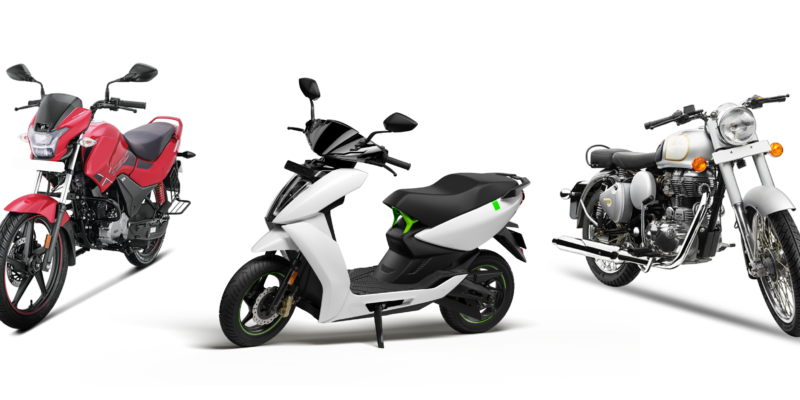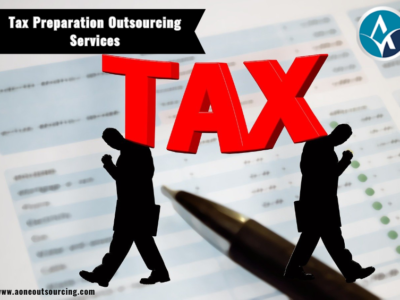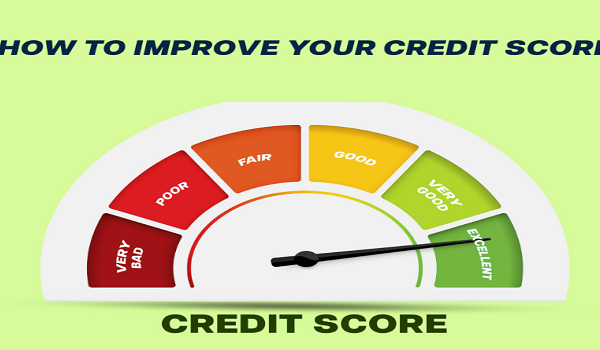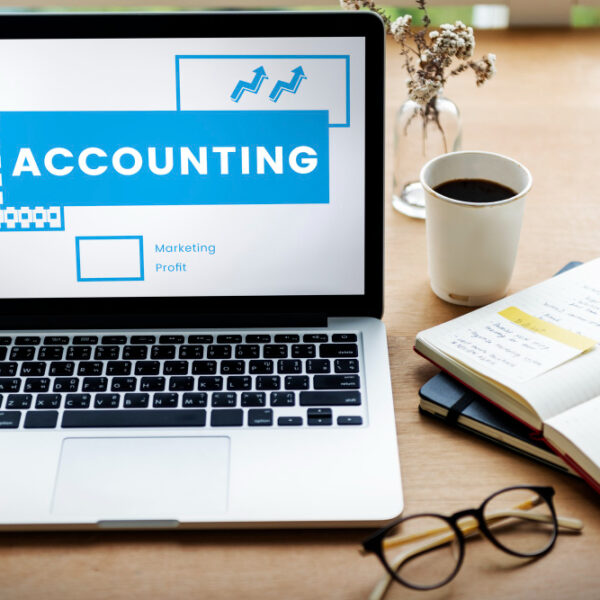
bike loan
Are you planning to ride off into the sunset on your dream bike? Or perhaps you’re eyeing that sleek scooter to zip through the city streets? Whatever your two-wheeled aspirations may be, getting a bike loan can be the ticket to making them a reality. However, before you rev up your engines and hit the road, there are a few important things to consider. In this blog, we’ll outline five major factors to keep in mind before diving into the world of bike loans.
Understand Your Financial Situation
Before applying for a bike loan, it’s crucial to assess your financial health. Take a close look at your income, expenses, and savings to determine how much you can comfortably afford to repay each month. Remember, a bike loan is a financial commitment, so make sure you’re not biting off more than you can chew. Utilise tools like the bike loan EMI calculator offered by HDB Financial Services to estimate your monthly payments based on different loan amounts and repayment tenures.Research Loan Options
When it comes to bike loans, not all offers are created equal. Take the time to research and compare loan options from different lenders, including banks, credit unions, and financial institutions. Look beyond just the interest rates and consider factors such as loan value, repayment tenure, and any additional fees or charges. Keep an eye out for special promotions or offers that may sweeten the deal.Know Your Credit Score
Your credit score plays a significant role in determining your eligibility for a bike loan and the interest rate you’ll be offered. Before applying for a loan, check your credit score and take steps to improve it if necessary. A higher credit score not only increases your chances of loan approval but also puts you in a better position to negotiate favourable terms. If you have a less-than-perfect credit history, don’t worry – there are still options available, such as secured loans or co-signers.Read the Fine Print
Before signing on the dotted line, it’s essential to carefully read and understand all the terms and conditions of the bike loan agreement. Pay close attention to details such as the interest rate, repayment schedule, late payment penalties, and any hidden fees. If anything seems unclear or confusing, don’t hesitate to ask questions and seek clarification from the lender. Remember, ignorance is not bliss when it comes to financial agreements.Plan for Contingencies
Life is full of unexpected twists and turns, so it’s essential to have a plan in place for unforeseen circumstances that may affect your ability to repay the bike loan. Consider factors such as job loss, medical emergencies, or major expenses that may arise down the road. Building an emergency fund can provide a safety net to help cover loan payments during tough times. Additionally, some lenders offer insurance options or loan protection plans to safeguard against unexpected events. Also Read : Top Two-Wheelers Worth Considering This YearAssessing Your Bike Needs: Finding the Perfect Fit
When it comes to purchasing a bike, it’s not just about the loan – it’s also about finding the perfect ride that meets your needs and preferences. It’s essential to assess your bike needs and preferences to ensure you’re making the right choice. Here are some key factors to consider when choosing the perfect bike:- Purpose of Use:
- Type of Bike:
- Budget:
- Test Rides:
- Resale Value:
What's your reaction?
Excited
0 Happy
0 In Love
0 Not Sure
0 Silly
0










